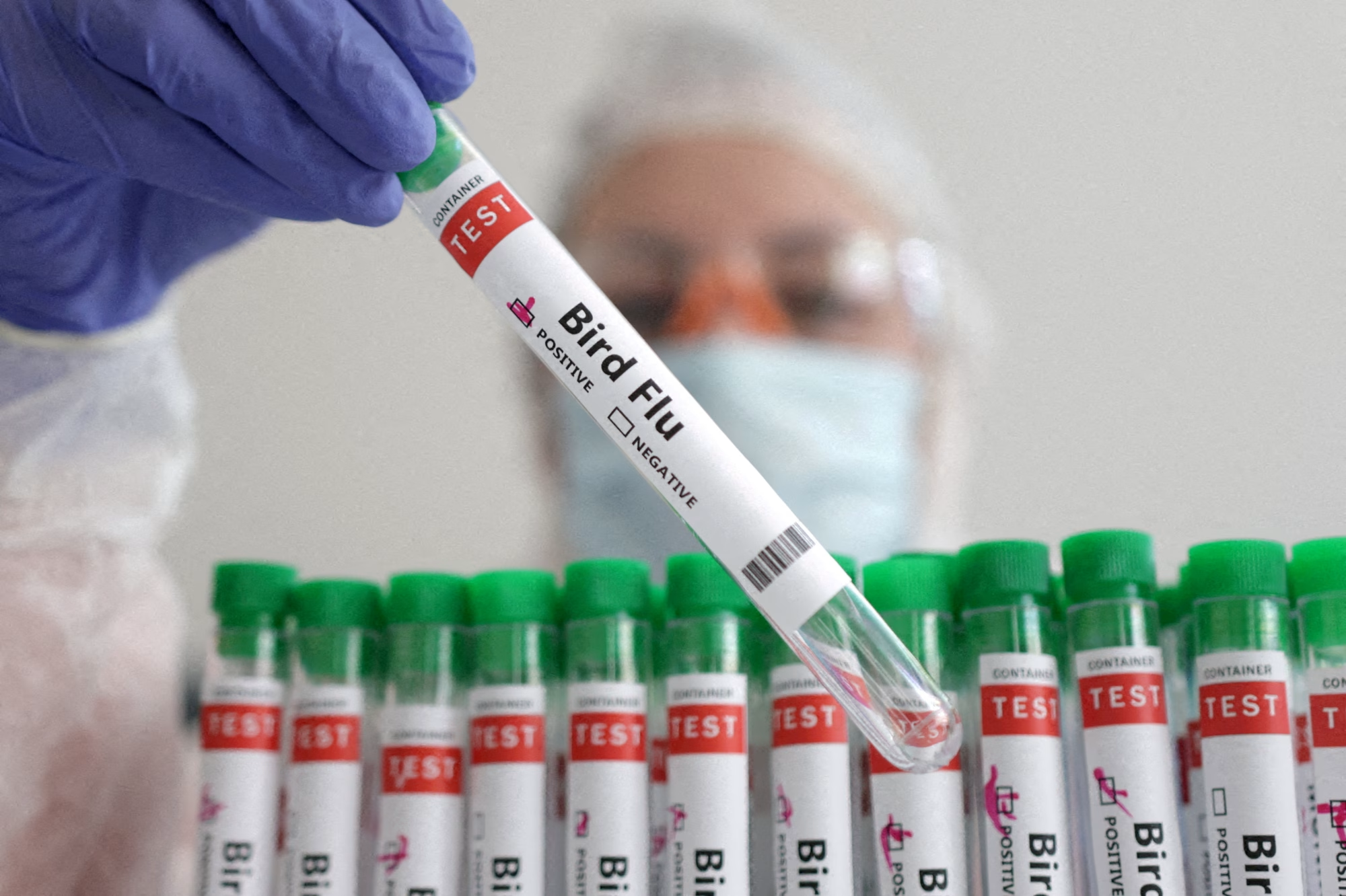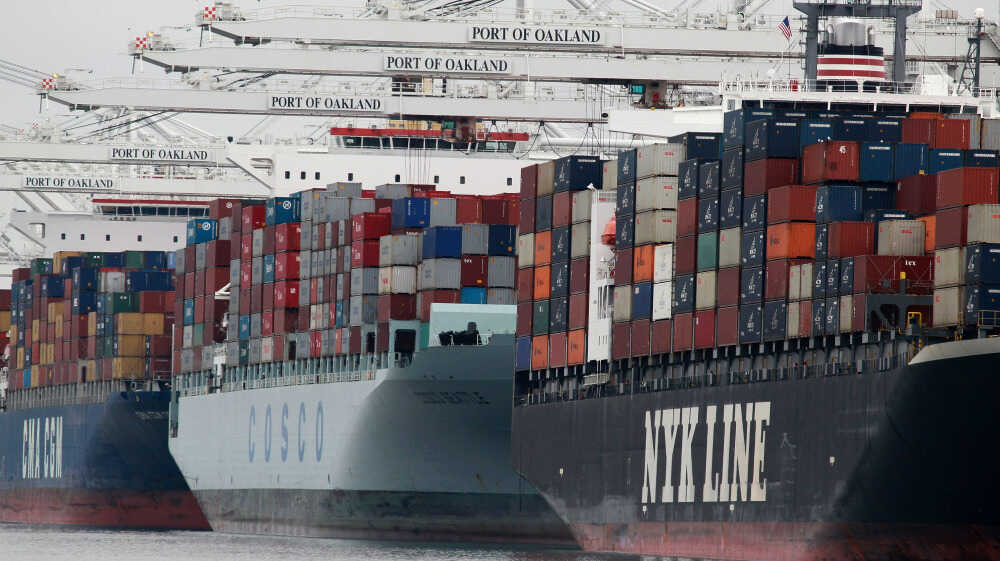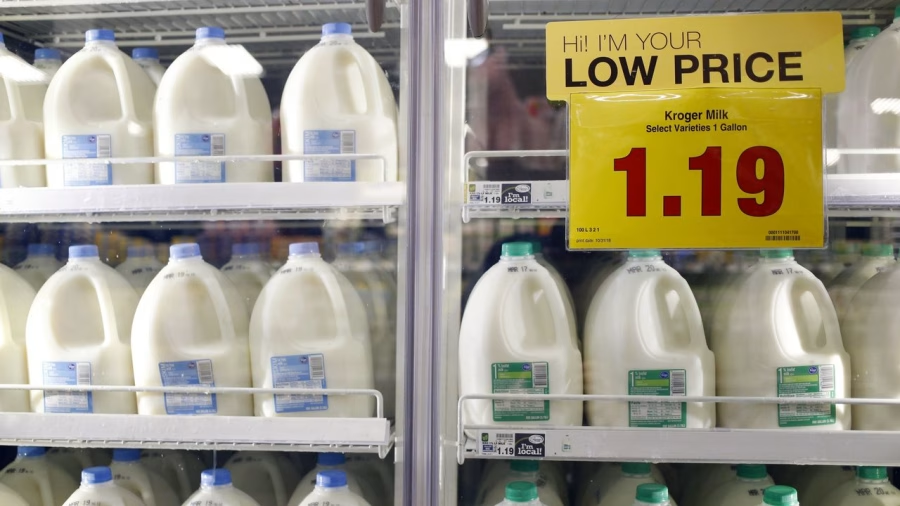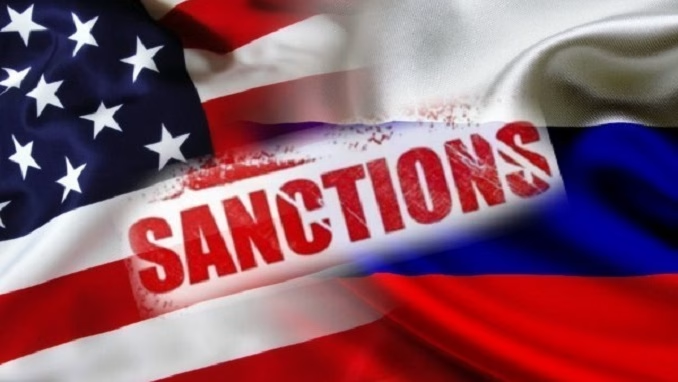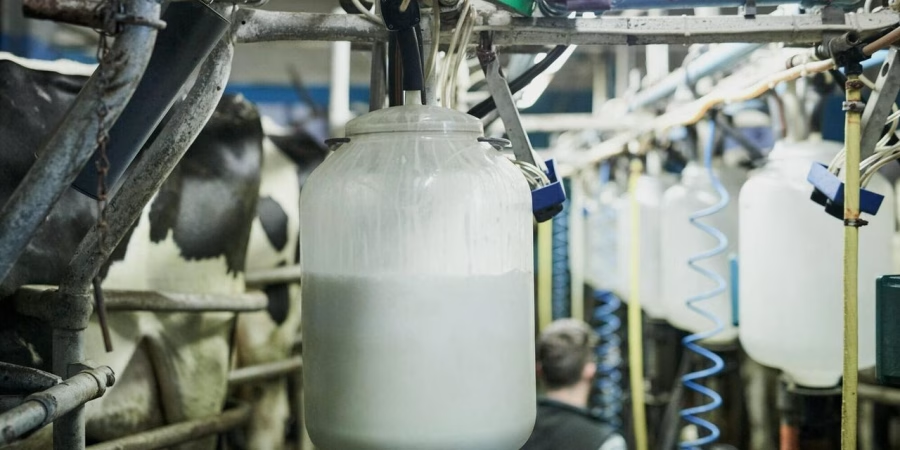Curious about the EU-China dairy trade dispute and its global impact? Find out how this conflict could reshape the dairy industry.
Summary: In a significant escalation of international trade tensions, China has launched an anti-subsidy investigation into European Union (EU) dairy exports, igniting global concerns. The probe, announced by China’s Ministry of Commerce, aims to scrutinize subsidies provided to EU dairy farmers, suspecting these financial supports have unfairly bolstered the competitiveness of EU dairy products in the Chinese market. This move is perceived as a retaliatory action following the EU’s tariffs on Chinese electric vehicles. The investigation, set to span over a year, will examine imports dating back to early 2023, potentially resulting in substantial tariffs or restrictions on European dairy products entering China. The EU-China dairy trade dispute is rooted in the complex global commerce network and regulatory procedures, focusing on major European exports like fresh cheese, milk, and cream and examining 20 subsidy schemes. European organizations like FrieslandCampina and Dairy Industry Ireland collaborate with investigating agencies to demonstrate compliance with international trade standards. If the charges are confirmed, EU dairy imports may face severe taxes or limitations, impacting European farmers and altering global trade dynamics. Major dairy exporters like New Zealand and the United States also stand to be affected. European dairy associations, such as Eucolait and Copa Cogeca, are calling for assistance measures to support European farmers amid this looming trade conflict.
- China initiates an anti-subsidy probe into EU dairy exports, citing unfair competitive advantages due to subsidies.
- The investigation could lead to significant tariffs or restrictions on EU dairy products entering China.
- The probe is seen as a retaliatory measure following the EU’s tariffs on Chinese electric vehicles.
- Investigation covers key dairy products like fresh cheese, milk, and cream, examining 20 different subsidy schemes.
- European dairy organizations, including FrieslandCampina and Dairy Industry Ireland, are working to prove compliance with international trade rules.
- The outcome of the probe may substantially impact European dairy farmers and shift global trade dynamics.
- New Zealand and the United States, major dairy exporters to China, might also feel the repercussions.
- European associations such as Eucolait and Copa Cogeca are urging for measures to support farmers during this trade dispute.
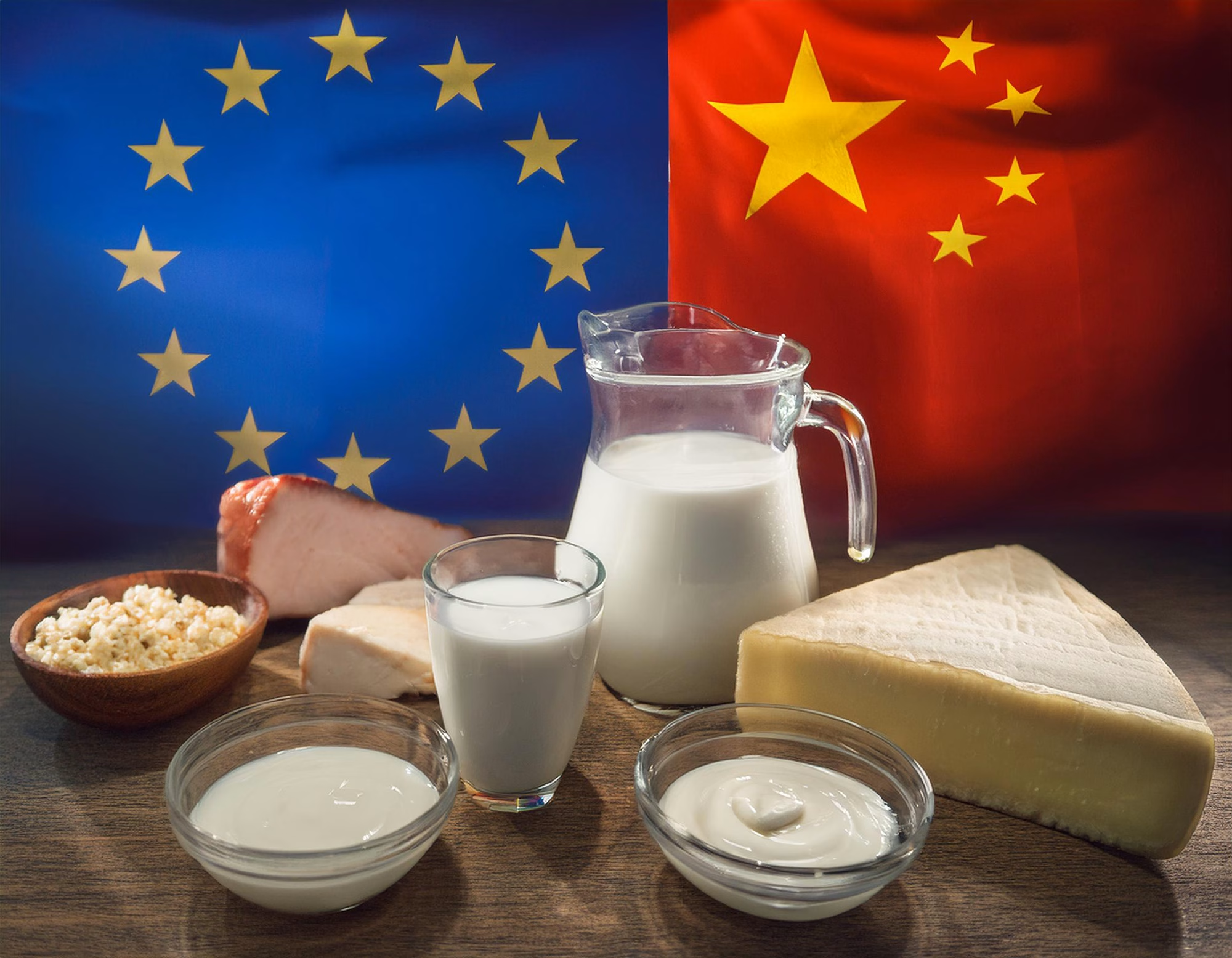
The EU-China dairy trade battle is rapidly escalating, and it’s about more than just milk and cheese. What is really at stake here? According to Eucolait, the European umbrella group for the dairy sector, ‘For many years now, the European Union has proven to be a reliable supplier of high-quality dairy products and ingredients to the Chinese market.’ It is alarming that dairy will be sacrificed in an industrial dispute over electric automobiles. The European Commission should urgently and decisively act to resolve this trade dispute. The need for a swift resolution is paramount. Let’s investigate the specifics and understand how this conflict will impact global markets.
Background: The Catalyst for Conflict
The Chinese Ministry of Commerce has probed potential improper subsidies for European dairy producers. This measure primarily avenges the EU’s levies on Chinese electric automobiles. What is the true story behind these tit-for-tat measures?
The conflict is rooted in the complex global commerce network and regulatory procedures. Earlier this year, the European Commission placed duties on imported electric cars from China, citing worries over state subsidies that allegedly provided Chinese manufacturers an unfair edge in the European market. In response, China focuses on major European exports such as dairy products, which are heavily subsidized by the EU’s Common Agricultural Policy (CAP).
This growing situation highlights the giant geopolitical chess game in which big economies use trade policy as instruments of influence. Chinese authorities claim that EU subsidies under different CAP programs, such as critical income assistance and incentives for young farmers, create an unfair playing field for domestic dairy producers. On the other hand, the EU believes that its subsidies are entirely compliant with World Trade Organization (WTO) standards, characterizing China’s measures as excessive and politically motivated.
The stakes are enormous, with potential losses well beyond the sectors directly involved. For instance, Irish dairy exports to China were €426 million (US$487 million) in 2023, with an estimated €46 million at risk due to the current investigation. Organizations such as FrieslandCampina and Dairy Industry Ireland are ready to collaborate with investigating agencies to demonstrate compliance with international trade standards. The gravity of these potential losses underscores the need for swift resolution.
This disagreement highlights an important point: the global marketplace is always susceptible to the ebb and flow of international politics and policy choices. Despite its isolated character, the dairy industry is now embroiled in a more significant economic battle between two economic behemoths, highlighting the interwoven nature of contemporary commerce.
The Stakes: What’s Under Investigation?
The Chinese inquiry targets dairy products, including fresh cheese, milk, and cream. It looks at 20 subsidy schemes that give EU dairy an unfair edge. How may this affect the global dairy market?
First, if the inquiry confirms the charges, EU dairy imports may face severe taxes or limitations. This would not just hurt European farmers but also change global trade relations. Key exporters like New Zealand and the United States may embrace the chance to boost their market share in China.
Furthermore, interruptions in the supply chain might cause price volatility. For example, the UK’s AHDB has said that rising milk output had already dragged down powder prices. Further limitations might worsen the trend, affecting global production and pricing plans.
This investigation might create a larger-scale precedent, prompting other governments to study subsidies and trade practices more closely. The European Commission’s challenging approach to protecting its policies and sectors may result in comparable reprisals, culminating in a more significant trade battle.
This probe is more than just a bilateral disagreement; it can affect global dairy markets, altering everything from price to international trade ties. How the EU and China handle this will influence the industry’s environment for years.
Industry Reactions: Voices From the Field
European dairy associations, such as Eucolait and Copa Cogeca, are outraged. They say the dairy industry is unjustly pulled into an unrelated labor conflict. What are their worries, and how do they intend to respond? Let’s look at their opinions.
Eucolait, the European dairy industry’s umbrella body, vigorously opposed the inquiry. They argue, “It is unjust that dairy will be sacrificed in an industrial fight over electric automobiles. The European Commission should do all it can to resolve this trade dispute as soon as possible [source]. Their biggest worry is the impact such investigations may have on the global dairy industry, possibly influencing pricing and trading routes.
In a social media post, Copa Cogeca shared similar sentiments: “This further escalation in the EU-China trade relationship and the continuous impact on our sector is very worrying.” They emphasize that European dairy farmers and agricultural cooperatives produce and export in complete compliance with EU and WTO standards. The association cautions against what they see as an unjustified challenge to the EU’s Common Agriculture Policy (CAP) and calls for a strong reaction from the European Commission to protect the industry’s interests.
These organizations are actively advocating for speedy and decisive action. Eucolait has encouraged EU officials to prioritize diplomatic resolution of the dairy trade problem, highlighting the historical significance of EU-China trade ties. Meanwhile, Copa Cogeca calls for extensive assistance measures to mitigate any adverse effects on European farmers throughout the probe.
Market Impact: Shifting Trade Dynamics
China has traditionally been a major importer of EU dairy goods. Nonetheless, recent statistics show a significant decrease in these imports owing to increasing local production and a goal for self-sufficiency. This current probe into EU dairy subsidies may accelerate this trend, possibly reshaping global trade patterns.
The inquiry may encourage Chinese purchasers to seek dairy goods from non-EU suppliers, such as New Zealand, which now accounts for 51% of China’s dairy imports. Countries like the United States and other non-EU territories may experience an increase in their export quantities to China.
This investigation might result in a loss of market share for the EU, requiring European dairy farmers to seek new markets or strengthen partnerships with current ones. This transition might influence global supply chains, boosting competitiveness among dairy producers.
On the price front, the study might increase market volatility. Reduced demand from China may result in an excess of dairy products in the EU, putting downward pressure on pricing inside Europe. In contrast, nations that gain from filling the Chinese market vacuum may see price hikes owing to increased demand.
These changes may result in worldwide fluctuations in dairy product pricing for consumers and merchants. Market players must remain adaptable and sensitive to changing trade dynamics to reduce risks and capitalize on new possibilities.
As this inquiry progresses, the global dairy business confronts uncertainty and possible disruption, highlighting the interconnectedness of international commerce and the consequences of governmental choices.
Global Players: Who Stands to Gain or Lose?
New Zealand and the United States are critical participants in China’s dairy import sector, with shares of 51% and 13%, respectively. With the European Union under examination, these nations may perceive an opportunity to increase their market presence. Could this move usher in a new era for the global dairy trade?
Any interruption in EU dairy imports might increase New Zealand’s export potential. According to Rabobank, China’s milk output will grow by 3.2% in 2024. However, this does not eliminate the demand for imported dairy products, exceptionally high-quality and specialized commodities [Rabobank Report 2024].
The United States, now China’s second-largest dairy exporter, may gain from the EU’s prospective trade restrictions. However, difficulties in trade dynamics, such as extra tariffs, logistical hurdles, and geopolitical conflicts, may impact how much of this market share can be successfully captured.
On the other hand, if channeled to different markets to avoid additional Chinese tariffs, an abundance of dairy goods from the EU might drive down world prices. According to the UK’s Agriculture and Horticulture Development Board (AHDB), China’s drop in powder imports has already impacted global markets [AHDB Report, 2024].
Ultimately, the global dairy trading picture might change dramatically. Nations such as New Zealand and the United States may benefit in the short term. Still, long-term stability will be determined by how international markets respond to these new trade dynamics.
EU’s Stand: Defending the Dairy Sector
The European Commission has pledged to safeguard its dairy sector and maintain WTO compliance. But how successful will these methods be in combating China’s investigation? The EU’s case is based on establishing that its subsidies under the Common Agricultural Policy (CAP) and other national programs conform with international trade regulations. Furthermore, working with Chinese officials is critical to mitigating the damage.
Olof Gill, a Commission spokeswoman, said that the EU would “follow the proceeding very closely” and “intervene as appropriate” to preserve its interests. This aggressive attitude signals a strong defense, but the controversial nature of the investigation and prior trade friction may hamper settlement attempts. The EU intends to negotiate this complicated trade issue by preserving openness and open conversation while avoiding aggravating tensions.
The Bottom Line
This issue is more than simply a commercial conflict; it reflects deeper geopolitical concerns and emphasizes the interconnectedness of global commerce. Actions in one industry, such as electric cars, may have far-reaching consequences in other sectors, such as dairy. It also emphasizes the strategic use of trade instruments as leverage in more significant geopolitical issues and the fundamental need to adhere to international trade laws. As the situation evolves, firms, governments, and analysts must adjust to a world where trade policy plays a critical part in geopolitical strategy, possibly dictating future global trade dynamics.
Learn more:
- China Welcomes US Dairy Firms Amid Rising Trade Talks
- Global Dairy Trade: Key Insights Every Dairy Farmer Should Know
- China’s Dairy Self-Sufficiency Reshapes Global Markets: New Zealand’s Export Strategy Shifts
 Join the Revolution!
Join the Revolution!
Bullvine Daily is your essential e-zine for staying ahead in the dairy industry. With over 30,000 subscribers, we bring you the week’s top news, helping you manage tasks efficiently. Stay informed about milk production, tech adoption, and more, so you can concentrate on your dairy operations.







 Join the Revolution!
Join the Revolution!